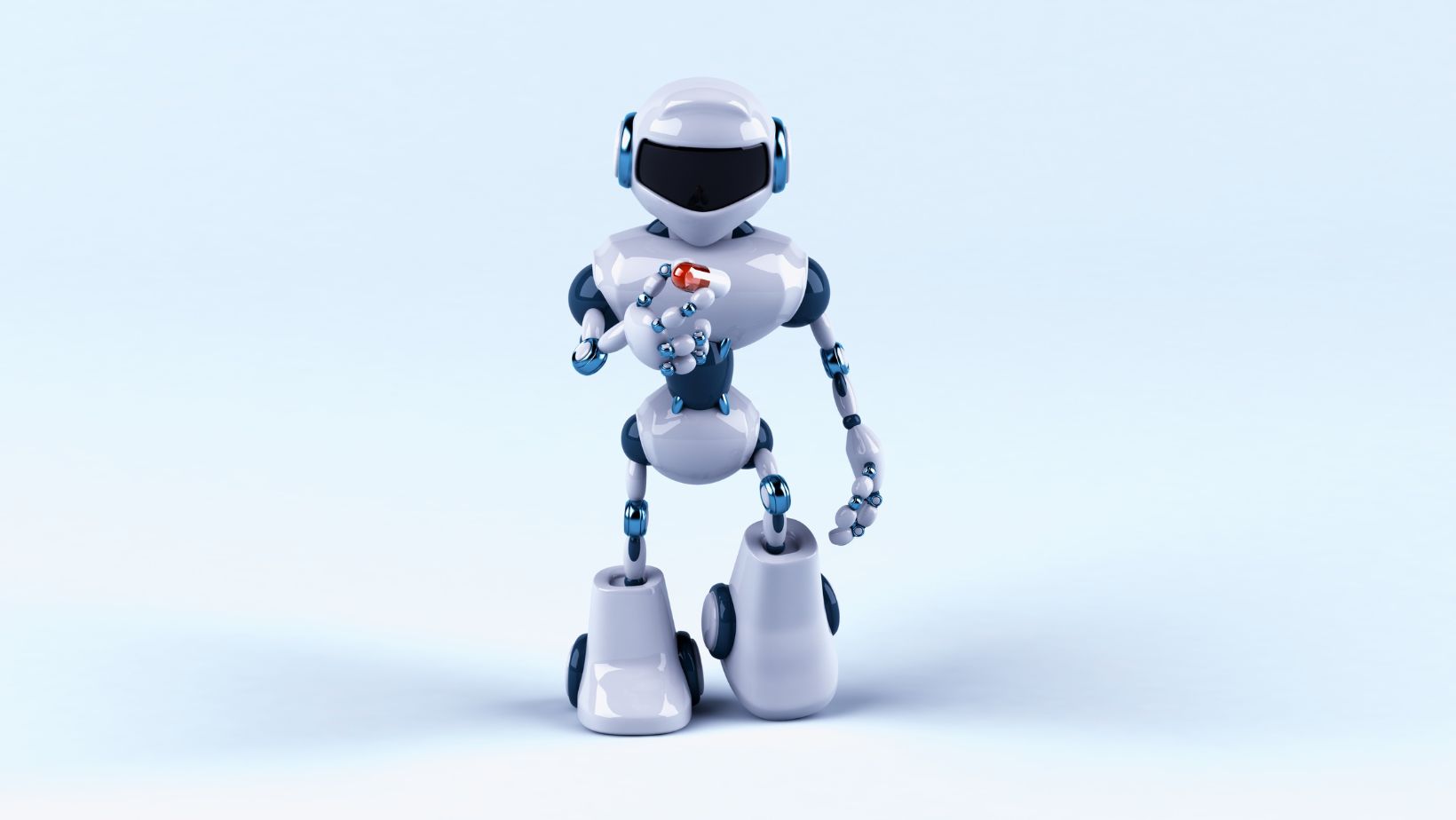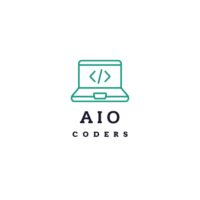In an era where technology touches every corner of our lives—from food delivery to financial advice—it’s no surprise that love and relationships are being reshaped too. The latest frontier? AI girlfriends. Yes, you read that right. Artificial intelligence isn’t just helping us write emails or make playlists—it’s stepping into the role of companion, confidante, and in some cases, romantic partner.
As AI continues to advance, so does its ability to mimic human emotions and personalities. The result is a new wave of digital relationships that challenge how we define intimacy and connection.
What Is an AI Girlfriend, Anyway?
An AI girlfriend is a virtual character powered by artificial intelligence, designed to simulate conversation, emotional connection, and even romantic companionship. Unlike traditional dating apps, which connect you with real people, these platforms allow users to create a completely digital partner that listens, responds, and evolves based on interactions.
Services like Kupid are leading this trend, offering customizable AI companions that users can talk to, text, and even share emotional experiences with. You can design your ideal digital partner’s personality, interests, and tone of voice—think of it as building a partner, not just finding one.
Why Are People Turning to AI for Love?
There’s no single reason—just like in real-life relationships. But here are a few driving forces behind the rise:
- Emotional Availability, 24/7: AI partners are always online, always ready to listen, and never judge.
- Customization: You can design your AI partner to reflect your personal ideals and preferences.
- Control & Safety: For some, dating real people comes with emotional risk and uncertainty. AI partners offer a sense of control and comfort, especially for those healing from trauma or struggling with social anxiety.
- Pandemic Effects: During COVID-19 lockdowns, loneliness skyrocketed. Digital companionship filled a gap—and many never looked back.
Who’s Using AI Girlfriends?
While early adopters included tech enthusiasts and digital natives, the user base has quickly broadened. From college students to busy professionals, people from all walks of life are exploring what it means to have a digital partner. There’s a particularly interesting shift among younger generations, who are more open to non-traditional relationships and who see technology as an extension of themselves—not a barrier.

In places like Harlem, where culture, innovation, and individuality intersect, the idea of crafting a connection with a virtual being isn’t as far-fetched as it might’ve seemed five years ago.
How Do AI Girlfriends Actually Work?
Using advanced natural language processing and deep learning algorithms, these AI models simulate real conversations. Platforms like Kupid make it easy for users to create their own ai girlfriend by choosing traits like voice style, personality, and even emotional sensitivity.
These systems can learn from conversations, adapt over time, and maintain a sort of memory, allowing for continuity in the “relationship.” The more you interact, the more personalized your experience becomes.
The Ethical (and Emotional) Conversation
Of course, not everyone’s cheering from the sidelines. Critics worry about the long-term psychological effects of substituting real human relationships with synthetic ones. Could relying on AI for love lead to greater isolation? Will it change our expectations of real-life partners?
There are also ethical questions around consent, emotional manipulation, and the commercialization of intimacy. And yet, for many users, the comfort and companionship of an AI girlfriend is real—even if the partner isn’t.
Where Do We Go from Here?
As technology continues to evolve, so too will our relationship with it—literally. AI girlfriends are just one facet of a broader shift toward emotionally intelligent machines designed to meet human needs.

Whether you see it as lonely, liberating, or the logical next step, one thing’s clear: love in the digital age is being redefined, and the line between real and virtual is blurrier than ever.

